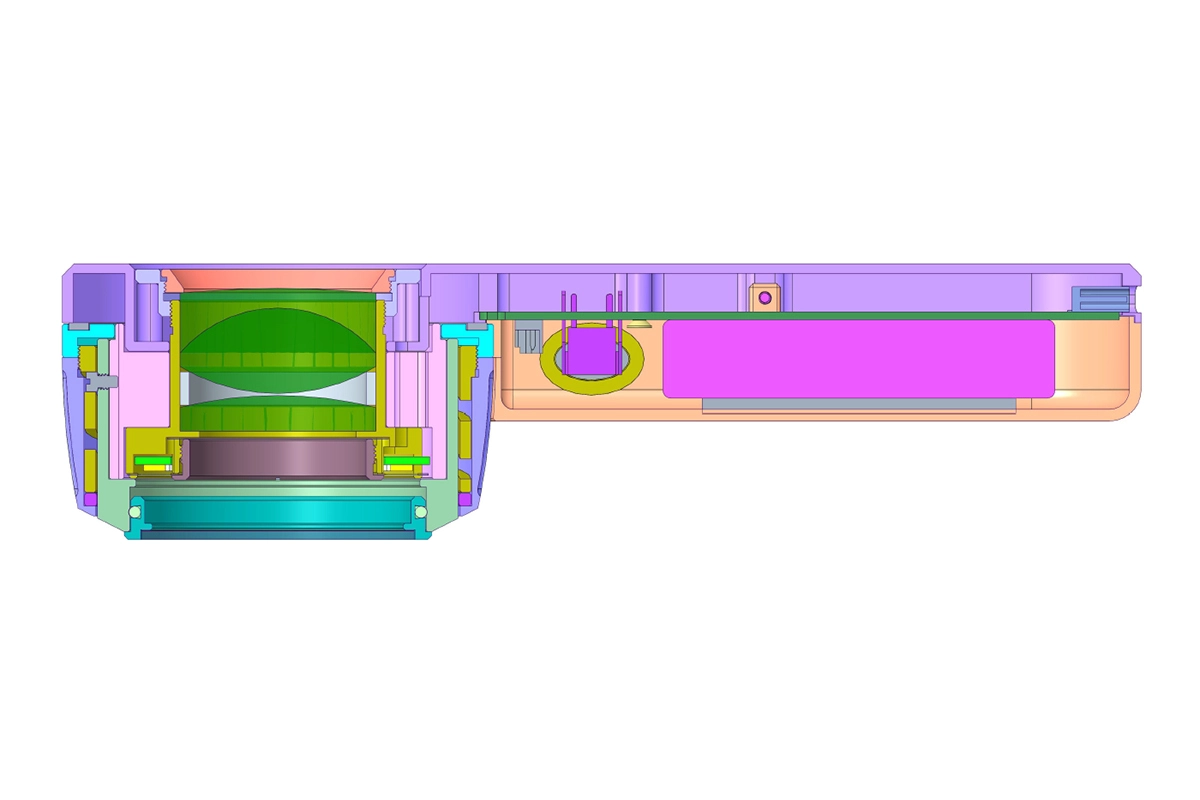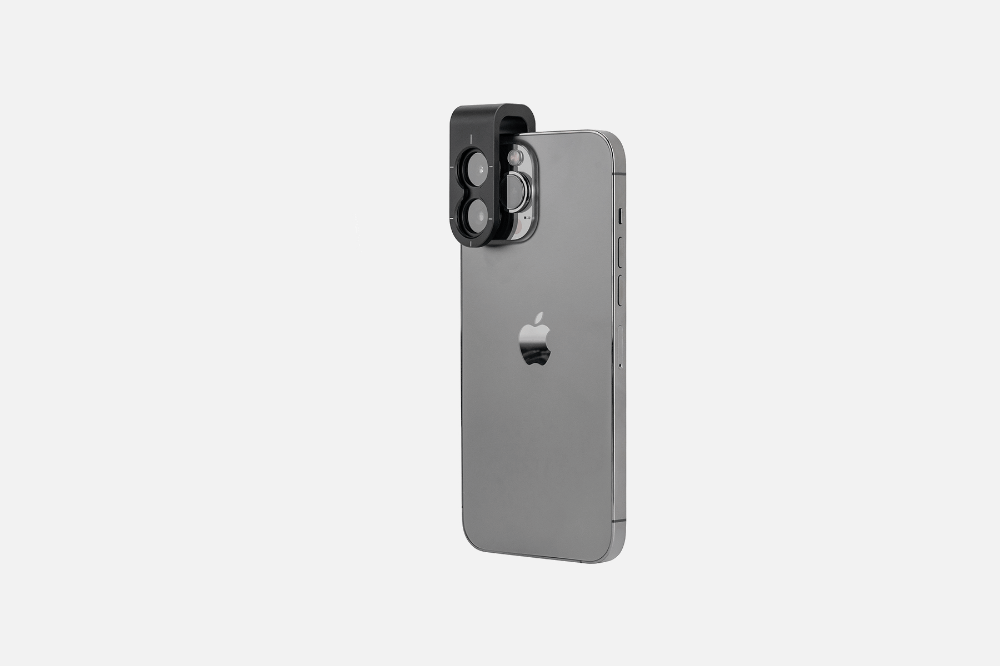Article
Dermatoscope Reviews
Dermatoscope is a non-invasive examination tool commonly used in dermatology to examine all types of skin lesions, primarily through the use of polarised light on the dermal layer of the skin. Dermoscopy magnifies the surface of the skin through the use of an optical magnification system so that the physician can see the texture and…
Dermatoscope is a non-invasive examination tool commonly used in dermatology to examine all types of skin lesions, primarily through the use of polarised light on the dermal layer of the skin. Dermoscopy magnifies the surface of the skin through the use of an optical magnification system so that the physician can see the texture and details of the skin surface more clearly. Optical magnification systems typically include a combination of multiple lenses that can magnify the image of the skin’s surface several times to dozens of times. Dermoscopes are widely used in dermatology clinics as a portable, non-invasive tool. It can be used to examine all types of skin lesions, especially pigmented lesions, and can provide very strong diagnostic support.
Key Factors in Choosing a Dermatoscope
When choosing a dermatoscope, the first thing to consider is the magnification, portability, and lighting system of the dermatoscope, etc. IBOOLO dermatoscopes are made of special glass from Japan, with a light transmittance of more than 98 per cent and uniformity, and both the DE-3100 and DE-4100 have a magnification of more than 10X, which allows for a clear visualisation of the lesions. At the same time, the weight of DE-3100 is only 180g, and that of DE-4100 is only 10X.
DE-4100 weighs only 325g, which is relatively light and easy to carry around for long time use. And both dermatoscopes adopt full metal shell, the appearance of fashionable simplicity, but also better prevent the external bump, to protect the lens body.
Cost-effectiveness is also an important consideration when choosing a dermatoscope, and IBOOLO, as a leading brand of optical dermatoscopes, has been committed to providing the best quality dermatoscopes at an affordable price to its customers. The DE-300 and DE-400 have been well received since their launch.


Dermoscopy in the Diagnosis of Different Skin Diseases
Dermoscopy is important in the diagnosis of many skin diseases. Dermoscopy is useful in the diagnosis of melanoma to some extent by identifying abnormal patterns of pigmentation and vascular distribution. Melanomas show atypical pigment networks, irregular streaks, irregular punctate spherical structures, and irregular vascular patterns on dermoscopy. Blue-white structures, on the other hand, are a relatively specific manifestation of melanoma.
For non-pigmented skin cancers, such as basal cell carcinoma, dermoscopy plays an excellent adjunctive role in detection. Dermoscopy clearly shows brown to bluish greyish-brown radiolucencies, brown to greyish-blue scattered lamellar structures, and multiple bluish-grey globules in basal cell carcinoma. Dermoscopy can also observe the degree of skin inflammation, detect hair diseases, and identify parasitic infections.
IBOOLO Dermatoscope Series Recommendation
The IBOOLO dermatoscope series is divided into pocket dermatoscope series and handheld dermatoscope series. The Pocket Dermatoscope series includes the DE-200, DE-300, and DE-400, which are compact and very easy to carry around. They are relatively simple in function, but they all have polarisation modes and are relatively inexpensive, making them ideal for entry-level learners, or amateurs who want to learn about dermatology on their own.
The IBOOLO handheld dermatoscopes, DE-3100 and DE-4100 series, belong to the high-end optical dermatoscope series. Both models feature a variety of light modes. These include white light polarised, amber white light polarised, amber light, white light unpolarised and the PRO version also has a UV mode. The handheld dermatoscopes are ideal for professional dermatologists, who can use different light modes for different types of lesions. For example, if you want to observe fungal lesions, you can use the UV light mode, where the fungal part of the infection will show a special fluorescent effect.


Tips for Using IBOOLO Dermatoscopes
Before using IBOOLO dermatoscope, firstly, you need to clean the skin surface to be examined, remove dirt, grease and cosmetics, etc., so as not to affect the examination results. Next, gently place the probe of the dermatoscope on the skin surface to be observed, rotate and adjust the focus until the image is clear. Observe the structure and colour changes of the lesions through dermoscopy, and determine the type and degree of progression of the lesions based on the observations.
If you want to save the image, you can point the mobile phone clip to the main camera of the mobile phone, then connect the magnetic ring option to the mobile phone clip, and finally connect the dermatoscope magnetically. Switch on the camera function of the mobile phone to save the image.
Immediately after each use of the IBOOLO Dermatoscope, the mirror and handle should be wiped with an alcohol cotton ball or disinfectant wipes to remove any skin flakes, secretions, etc. that may remain. Next, place the dermatoscope in its case for next use.
IBOOLO Dermatoscope Detailed Review
The IBOOLO DE-3100 has a window with a maximum diameter of 32mm and a magnification of 10X and consists of four three-group lenses. Its illumination system consists of 30 LED beads, which can be composed of four different light modes – white polarised, white non-polarised, white amber light and amber light.

The IBOOLO DE-4100 has a window with a maximum diameter of 48mm, a magnification of 10X and consists of four three-group lenses. Its illumination system consists of 22 LED beads, which can form four different light modes – white polarised, white amber polarised, amber and white non-polarised. three brightness adjustments can be made on the DE-4100, allowing the user to select the most appropriate light level according to the brightness of the surrounding environment.

The battery capacity of DE-3100 and DE-4100 is the same 1000 mAh, the DE-3100 can be used for about 7 hours under full charge, and the DE-4100 can be used for about 6 hours under full charge. However, it should be noted that both DE-3100 and DE-4100 can not be charged with fast chargers, otherwise it will cause charging faults, and it is best to use a charger with less than 30W.
The DE-3100 is currently priced at $499 USD and the DE-4100 is priced at $699 USD, product details can be found in the Product section, and any questions are welcome.
Dermatoscope Reviews: Advanced Skin Examination Tools - IBOOLO
Comprehensive dermatoscope reviews of IBOOLO's professional-grade devices, featuring advanced optical technology, multiple light modes, and precise skin lesion analysis.
Dermatoscope Reviews: Navigating the Future of Skin Diagnostic Technologies
The Evolution of Skin Examination: Beyond Traditional Methods
In the rapidly advancing field of dermatology, the dermatoscope has emerged as a game-changing diagnostic tool. These sophisticated devices represent more than just a technological innovation – they're a window into understanding the complex landscape of skin health with unprecedented precision. Dermatoscope reviews highlight the importance of these advancements in the field.
Why Dermoscopy Matters
Traditional visual skin examinations often miss crucial details that can be critical in early disease detection. Modern dermatoscopes bridge this diagnostic gap by offering: Magnification capabilities up to 40x, Advanced light mode technologies, Non-invasive, real-time skin analysis. Dermatoscope reviews emphasize the significance of these features in improving diagnostic accuracy.
Understanding Dermatoscope Technologies
Optical Magnification: A Closer Look
The core strength of contemporary dermatoscopes lies in their ability to reveal microscopic skin details. Unlike traditional magnifying tools, these devices employ: Multi-lens optical systems, Polarized and non-polarized light modes, Specialized wavelength technologies. Dermatoscope reviews often focus on the quality of these technologies and their impact on clinical outcomes.
Key Diagnostic Capabilities
- Detailed melanoma pattern recognition
- Subtle pigmentation change detection
- Vascular structure visualization
- Early-stage skin condition identification
Light Mode Innovation
Modern dermatoscopes aren't just about magnification – they're about intelligent illumination:
1. Polarized White Light
- Reduces surface reflection
- Enhances subsurface skin structure visibility
- Ideal for comprehensive lesion analysis
2. Specialized Color Modes
- Amber lighting for enhanced contrast
- UV modes for hidden structural detection
- Targeted wavelength technologies
Clinical Applications: Beyond Surface-Level Examination
Dermatoscopes have revolutionized diagnostic approaches across multiple medical domains: Dermatoscope reviews consistently point to the versatility of these devices in various clinical settings.
Melanoma Detection: Identify atypical pigmentation networks, Analyze complex vascular distributions, Recognize early-stage characteristic patterns.
Comprehensive Skin Condition Assessment: Inflammation progression tracking, Precise dermatological disorder diagnosis, Non-invasive monitoring capabilities.
Practical Considerations for Healthcare Professionals
Selection Criteria for Advanced Dermatoscopes
When choosing a dermatoscope, professionals should consider: Dermatoscope reviews can provide valuable insights into the best options available in the market. Optical quality and magnification range, Light mode versatility, Portability and ergonomic design, Battery performance, Integration capabilities with digital systems.
Usage Best Practices
1. Preparation Protocols: Thorough skin surface cleansing, Optimal lighting environment setup, Systematic examination techniques.
2. Technical Handling: Consistent probe positioning, Methodical area scanning, Multi-mode comparative analysis.
3. Documentation Strategies: High-resolution image capture, Systematic record-keeping, Digital integration approaches.
The Future of Dermatoscopic Technologies
Emerging trends suggest exciting developments: Dermatoscope reviews are eagerly anticipating these advancements. Artificial intelligence integration, Machine learning diagnostic support, Enhanced real-time analysis capabilities, Increased portability and accessibility.
Emerging Challenges and Opportunities
As technologies advance, dermatoscopes will likely: Dermatoscope reviews will play a crucial role in evaluating these changes and their impact on the field. Become more sophisticated, Offer more detailed diagnostic insights, Integrate with broader healthcare ecosystems.
Professional Guidance and Recommendations
While technological capabilities are impressive, successful skin examination requires: Dermatoscope reviews often stress the importance of these factors in ensuring effective use of the technology. Continuous professional training, Understanding device limitations, Combining technological insights with clinical expertise, Maintaining a holistic diagnostic approach.
This comprehensive dermatoscope review provides technological insights based on current medical research and professional understanding. Readers are strongly advised to consult healthcare professionals for personalized medical guidance.
Recommended reading
Trusted OEM dermatoscope supplier making quality affordable - IBOOLO
IBOOLO an original dermatoscope equipment manufacturer (OEM), supplies high-quality skin screening tools at reasonable prices to distributors worldwide.
Professional Dermatoscope Vs Magnifying Glasss from Leading China Manufacturer & Factory - IBOOLO
Our China company has over 11+ years perfecting Professional dermatoscope vs magnifying glass engineering and assembly using state-of-the-art methods for flawless accuracy. As a dedicated manufacturer & factory, we deliver elite magnification tools affordably.
Polarized light dermoscopy: for clearer skin lesion screening - IBOOLO
Polarized light is key in dermoscopy devices for skin lesion screening. IBOOLO-polarized dermatoscopes block surface reflections and clearer observation of subsurface skin anatomy for diagnoses.






















